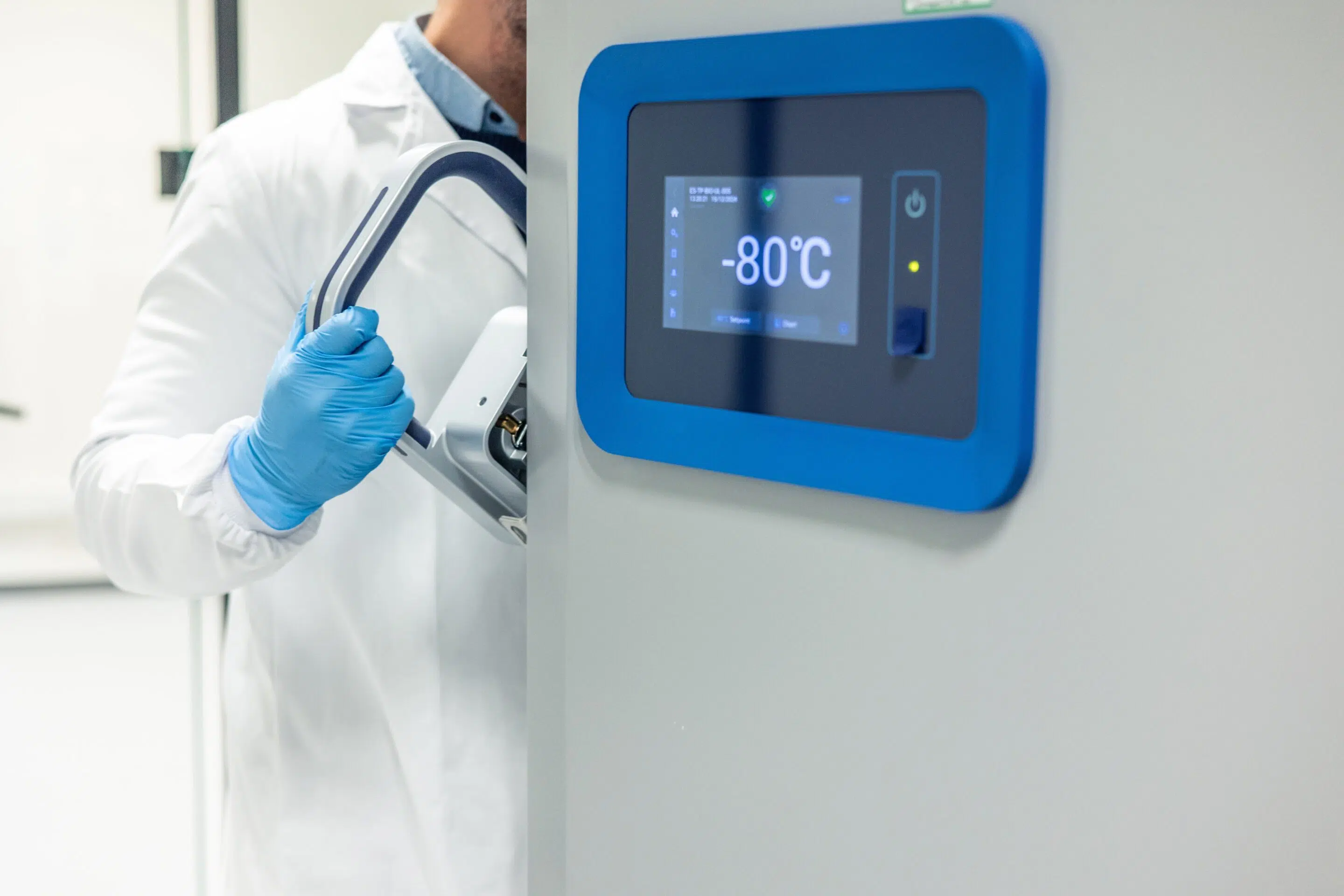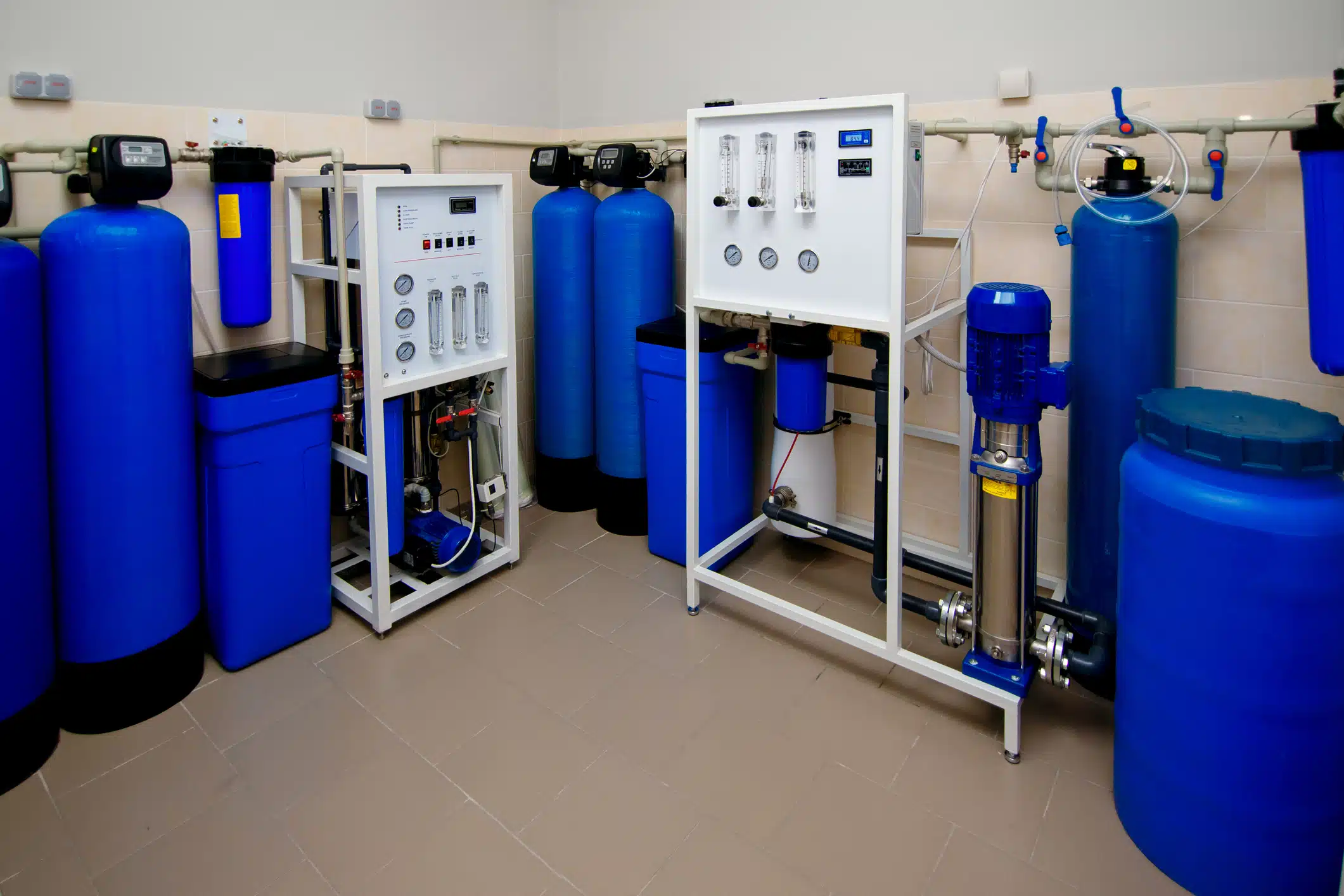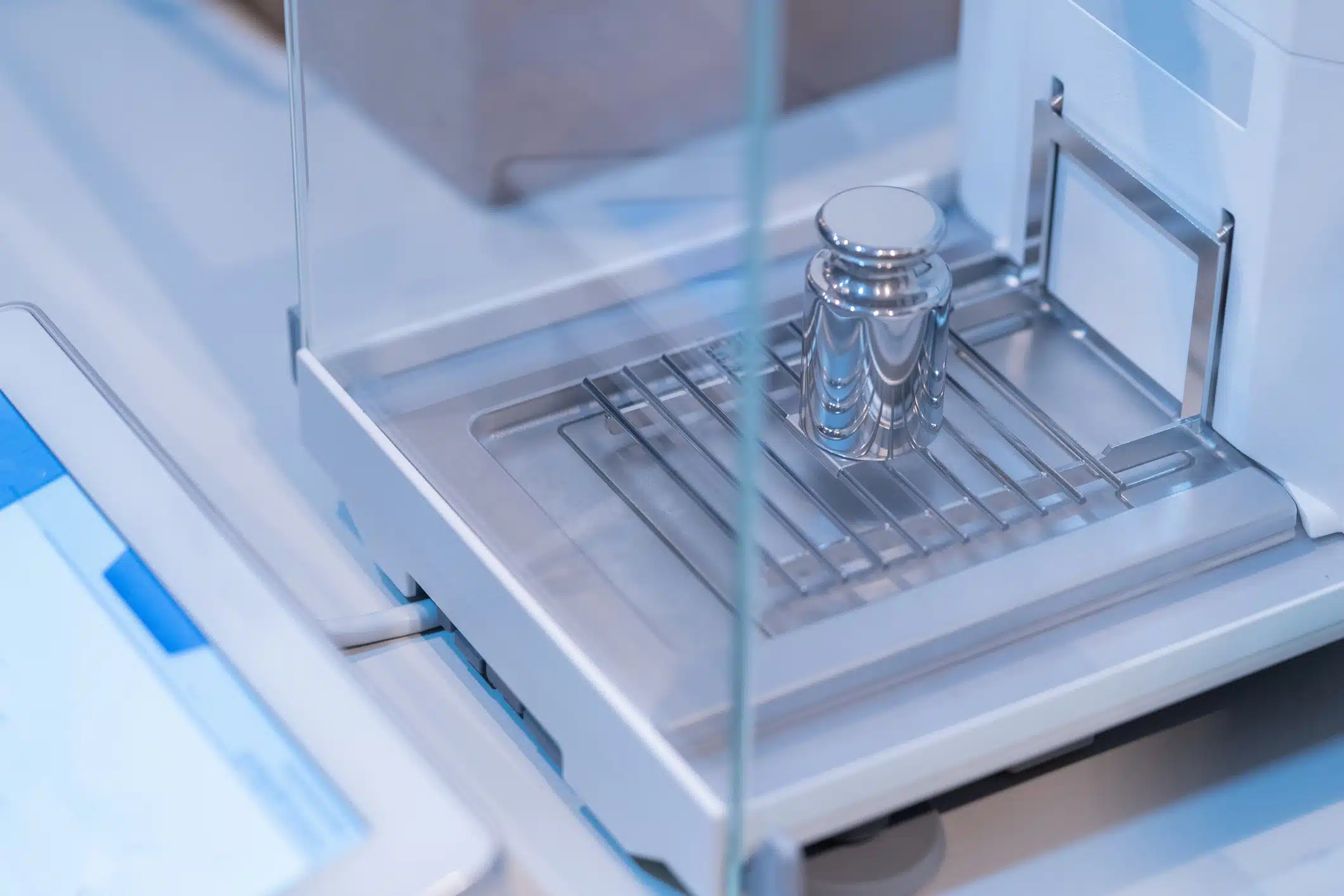Mycoplasma contamination poses a significant threat to laboratory research, compromising the integrity of cell cultures and leading to compromised experiment results. These minute bacteria can infiltrate cell cultures without noticeable signs, making detection challenging and emphasizing the need for stringent preventive measures.
What is Mycoplasma?
Mycoplasma are a type of bacteria characterized by their lack of a cell wall, rendering them resistant to many common antibiotics that target cell wall synthesis. Their small size and flexible shape enable them to pass through standard filtration methods, making it incredibly easy for them to spread throughout laboratory environments.
Common sources of mycoplasma contamination include contaminated reagents, laboratory personnel, and cross-contamination from infected cell lines. Once established, mycoplasma can alter cellular metabolism, disrupt cell growth, and effect gene expression, leading to faulty research outcomes.
Prevention Tactics
- Aseptic Techniques
Implementing rigorous aseptic techniques is key in preventing mycoplasma contamination. This includes sterilizing all instruments and reagents, minimizing exposure of cultures to the environment, and practicing proper hand washing and sanitization.
- Regular Cleaning and Disinfection
Maintaining a clean laboratory environment is essential. Surfaces, equipment, and incubators should be cleaned regularly using appropriate disinfectant. Establishing a routine cleaning schedule helps ensure that all areas are consistently addressed, reducing the likelihood of contamination.
- Quarantine and Testing of New Cell Lines
New or imported cell lines should undergo a quarantine period and be tested for mycoplasma contamination before integration into the main laboratory environment. Regular screening of all cell cultures is also recommended to detect contamination early and prevent its spread.
- Personal Protective Equipment (PPE)
Utilizing appropriate PPE, including gloves, lab coats, and face masks, can minimize the risk of contamination from lab personnel. Changing gloves between handling different cell lines and regularly cleaning or replacing lab coats further reduces this risk.
Did you know?
MarathonLS provides preventative to help your lab maintain sterility and to eliminate the threat of potential outbreaks from Mycoplasma and other contaminants.
Addressing a Full-Blown Mycoplasma Outbreak
In the event of a confirmed mycoplasma outbreak, immediate and decisive actions are necessary to contain and eliminate the contamination and get your lab back up and running.
- Immediate Action
Cease all work involving contaminated cultures to prevent further spread. Isolate affected areas and notify all relevant personnel to ensure coordinated response. Conduct a thorough assessment to determine the extent of the contamination.
- Professional Decontamination Services
Mycoplasma are incredibly fast-spreading and difficult to detect. That is why in the event of a full-blown outbreak, working with expert decontamination service providers is key to preventing further spread and compromised research. MarathonLS offers SteraMist® powered decontamination services, utilizing ionized Hydrogen Peroxide (iHP) technology to eliminate pathogens, including mycoplasma. MarathonLS’ industry-leading response rate ensures quick action and minimizes downtime, allowing labs to resume operations swiftly and safely.
Why Use MarathonLS for Laboratory Decontamination?
- Proven Efficacy: SteraMist® technology effectively eliminates mycoplasma and other contaminants, ensuring a thorough decontamination process.
- Flexible Cleaning Solutions: MarathonLS offers three tailored decontamination strategies to meet your lab’s needs – SteraPak® for tight spaces and detailed cleaning, the Surface Unit for pre- and post-relocation, and an Environment System for entire lab fumigation.
- Non-Corrosive and Safe: Unlike some harsh disinfectants, SteraMist® is safe for sensitive laboratory equipment and does not leave harmful residues.
- Rapid Turnaround: MarathonLS provides quick response times, minimizing disruption to research activities.
- Fast Drying: With SteraMist®, dry-down times are reduced significantly compared to other decontamination services, allowing scientists to return to their research faster.
- Industry Expertise: With extensive experience in laboratory decontamination, MarathonLS’ field team ensures quality service with best practices and safety standards.
In Conclusion
Preventing and addressing mycoplasma contamination requires a proactive and systematic approach. By implementing stringent aseptic techniques, maintaining cleaning protocols, and utilizing appropriate PPE, laboratories can significantly reduce the risk of contamination. In the event of an outbreak, prompt action and professional decontamination services, like those offered by MarathonLS, can effectively restore a contamination-free environment.




